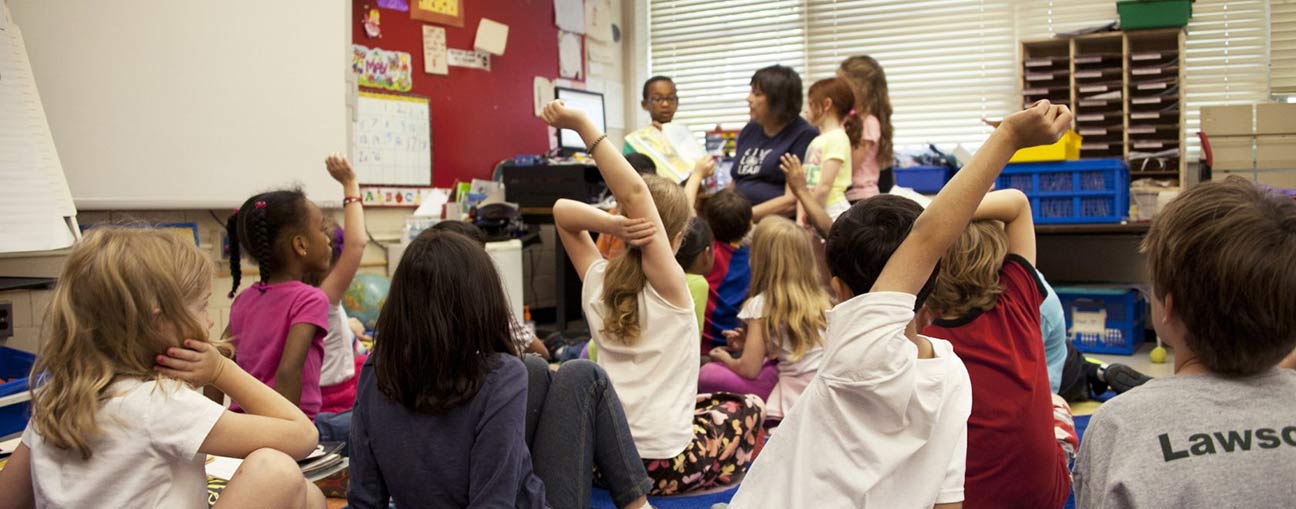Introduction
When it comes to education, Australia has a lot to offer. With a strong focus on academic excellence, innovative teaching methods, and an inclusive environment, the country has become a popular destination for families seeking quality education for their children. In this article, we’ll explore the education system in Australia, with a particular focus on primary and secondary schools.
Primary School Education
In Australia, primary education is compulsory for children between the ages of six and fifteen. The curriculum is designed to provide a solid foundation in essential skills such as literacy, numeracy, science, and technology, as well as social and emotional learning. Primary schools are usually co-educational and are divided into two stages: early years (prep to year 2) and middle years (years 3 to 6).
Secondary School Education
Secondary education in Australia is not compulsory, but most children continue their education in this stage. Secondary schools typically cover years 7 to 12 and offer a broad range of subjects. Students are required to study core subjects such as English, mathematics, science, and history, but they also have the opportunity to choose elective subjects that align with their interests and career aspirations.
The Curriculum
The Australian curriculum is designed to provide a comprehensive and challenging education for all students. It is divided into three phases: Foundation to Year 2, Years 3 to 6, and Years 7 to 10. In the early years, the focus is on building foundational skills in literacy and numeracy. In the middle years, students are introduced to more complex concepts and begin to explore their interests and talents. In the senior years, the focus shifts to preparing students for further education or the workforce.
School Structure
In Australia, most primary schools are run by the government and are free of charge, while secondary schools can be either government-funded or privately run. Private schools are often more expensive, but they may offer a more specialised curriculum and smaller class sizes. There are also schools that cater specifically to students with special needs, such as schools for students with disabilities or schools for gifted and talented students.
Assessment and Reporting
Assessment is an important part of the education system in Australia. Students are assessed regularly to monitor their progress and identify areas where they need additional support. Assessment methods may include tests, assignments, projects, and practical demonstrations. Parents receive regular reports on their child’s progress, and there are also parent-teacher conferences to discuss any concerns or questions.
Conclusion
Australia’s education system is world-class, with a strong focus on academic excellence, innovation, and inclusivity. From primary to secondary school, students are provided with a comprehensive education that prepares them for further education or the workforce. With a range of options available, including government-funded and private schools, there is something to suit every family’s needs and preferences. We hope this article has provided you with a helpful overview of primary and secondary schools in Australia.
You may also like



Popular reading
What our customers say
about us
Let’s hear their great stories
Book a consultation
Book your Migration Consultation today and take the first step towards your dream life in Australia. Our experts are waiting to guide you every step of the way.
Book a Visa ConsultationWelcome! Sign in to access your account and stay connected with all the latest updates and features.
New customer? Start here


